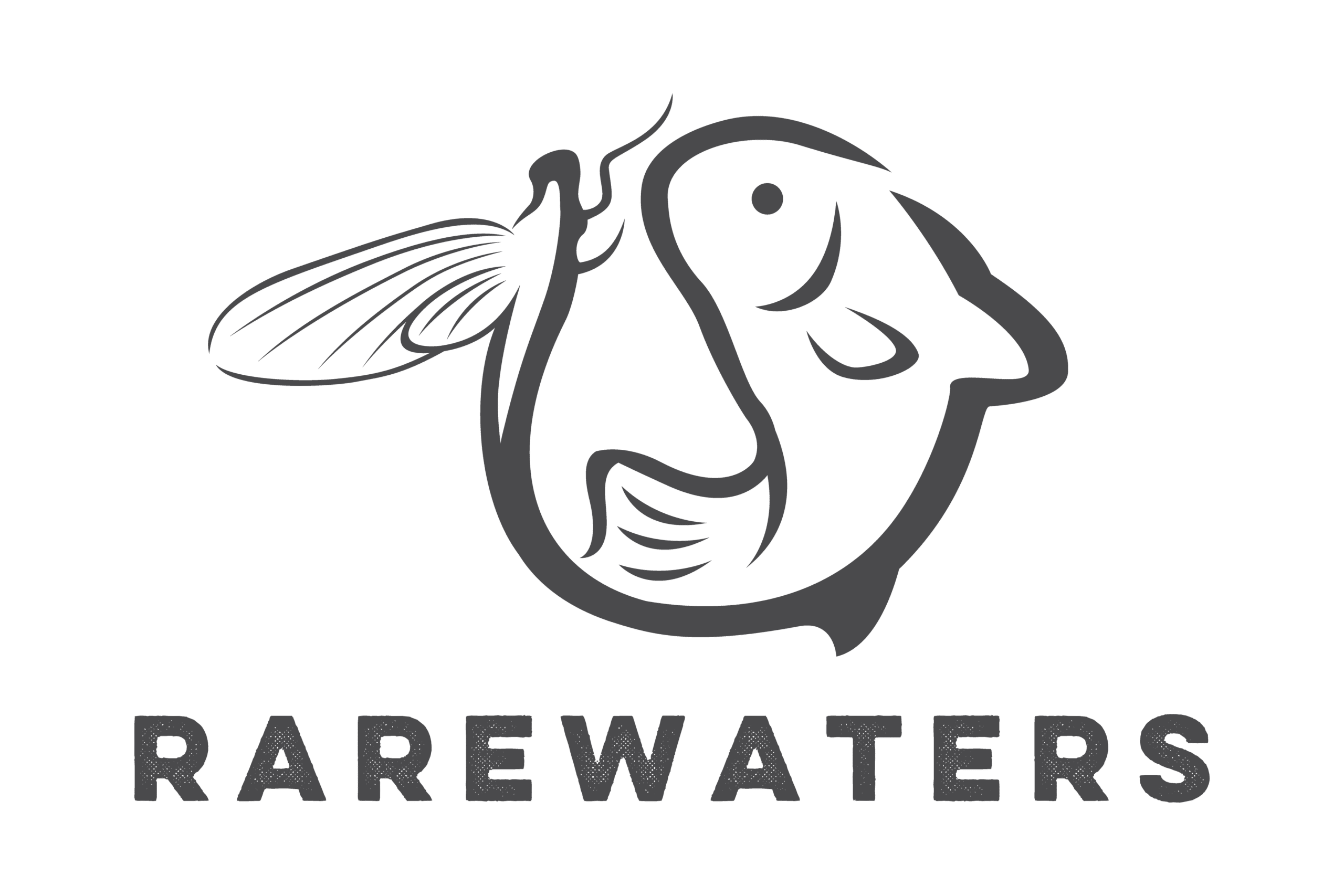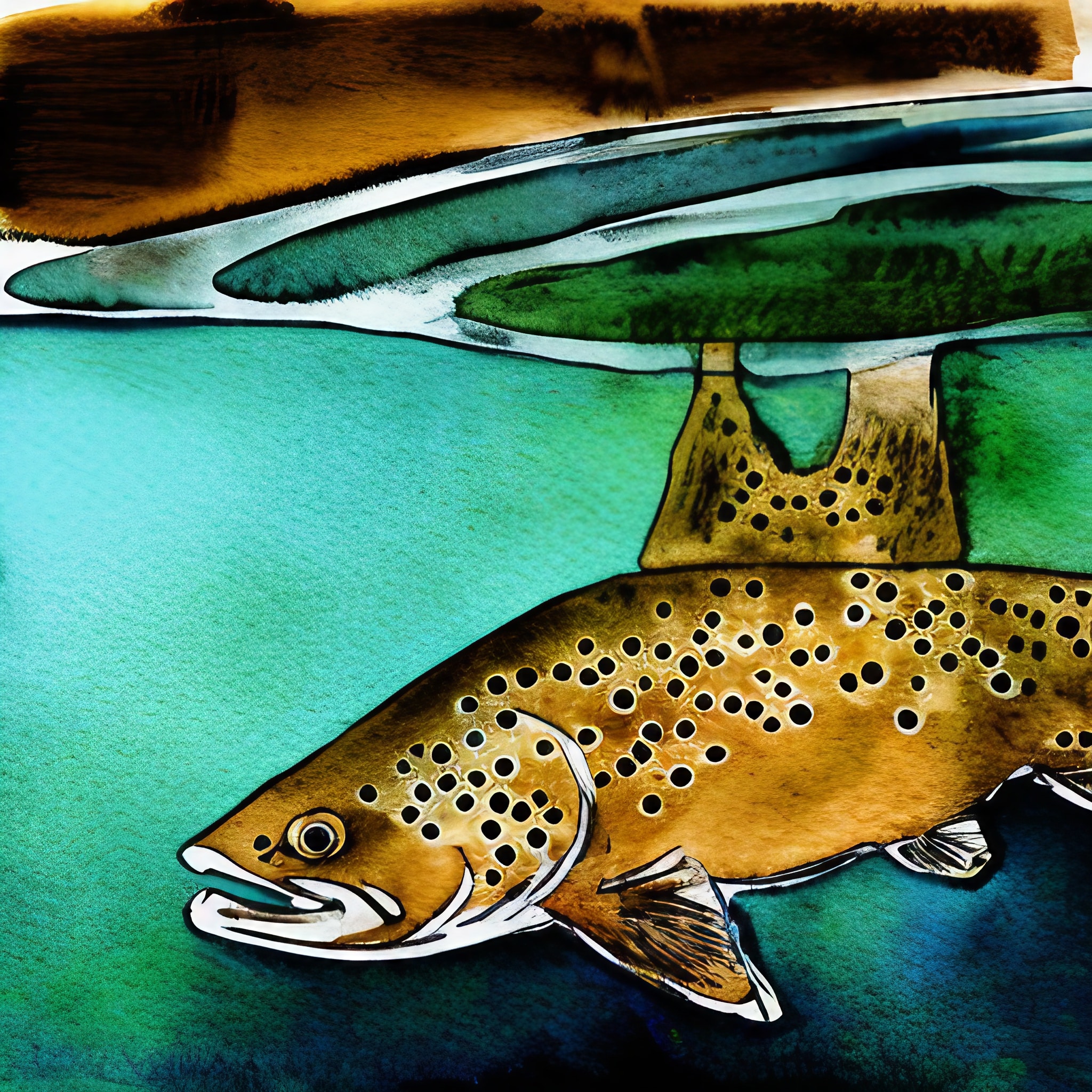Brown Trout Classification
Brown trout (Salmo trutta) are a species of freshwater fish in the salmon family. They are native to Europe and Asia, but have been introduced to many other parts of the world, including North America. Brown trout are highly adaptable and can be found in a variety of habitats, including rivers, streams, and lakes.
In terms of their classification, brown trout belong to the genus Salmo, which includes other species of trout such as rainbow trout and cutthroat trout. They are closely related to salmon, and like salmon, they are anadromous, which means that they migrate from the sea to freshwater to breed.
Brown Trout Feeding Habits and Habitat
In terms of habitat, brown trout can be found in a variety of freshwater environments, including rivers, streams, and lakes. They prefer cold, clear water with plenty of cover, such as rocks and logs, and they often hide in the shadows of overhanging vegetation.
Brown trout are opportunistic feeders and will eat a wide variety of food, including insects, crustaceans, and small fish. They are most active at dawn and dusk, and they will often feed on the surface during these times…
Brown Trout Breeding
Brown trout typically breed in the fall, and the female lays her eggs in a nest called a “redd.” The male then fertilizes the eggs, and the female covers them with gravel to protect them. The eggs hatch in the spring, and the young trout, called “fry,” spend their first year or two in freshwater before migrating to the sea.
Targeting Brown Trout
For fly anglers targeting brown trout, it is important to match the hatch and use flies that imitate the insects that are most commonly found in the area. Dry flies, nymphs, and streamers can all be effective for brown trout. It is also important to pay attention to the water conditions, as brown trout are more likely to feed in areas with good cover and structure. Finally, it is important to approach brown trout with stealth, as they are easily spooked and will not bite if they feel threatened.








